What Do Fashion Month and SEO Have in Common?
Photo: @versace_official
You didn't think we'd let fashion month roll on by without a mention, did you? While fashion brands like Tommy Hilfiger, Rebecca Minkoff and Tom Ford continue to up the stakes on digital innovation across New York, London, Milan – and soon Paris – this month, they shouldn't be the only ones dialing up their digital presence and creating as much social media buzz as Donatella Versace.
Search Engine Optimisation, or 'SEO,' is the art of increasing quantity and quality of traffic to your website through organic search engine results. But what do fashion and search marketing have in common, you might ask? SEO is all about building earned results over time, just as a designer builds fashion cred over several years before being able to grace the fashion week runway. And just as if said designer came up with the next big trend for spring/summer 2018 but forgot to invite anyone to the show to see it, if you put all the ground work into creating a kick-ass marketing campaign or building a killer brand but don’t put any effort into your SEO, it all becomes about as useless as wearing crocs in winter.
SEO has a reputation for being a bit tricky, but once you begin, and commit to it, implementing your SEO strategy will feel like a natural matter of course. While we're not tech specialists, to help you get started we put together five basic SEO tips to boost web traffic, and optimise your online content for your audience – and for search engines.
1. Keep Content Fresh Like the Prince of Bel Air
The best sites for users, and consequently for search engines, are full of regularly updated, useful information about a particular service, product or topic that people are looking for. One way to ensure that your site gets new content on a frequent basis is to integrate a blog. A blog is an excellent way to connect you with your clients and prospects [hey, you’re reading this!], create more opportunities for internal and external linking and keyword implementation [we'll get to these], all the while giving your business a voice. But just as design turns heads, words turn minds, so don’t forget to use your website content as an opportunity to emotionally engage with your audience. If you connect with your words, your customers will respond with their clicks, their hearts – and their wallets.
2. Do It For the 'Gram, Or Rather the Optimisation
Add keywords in to your online content wherever they fit 'naturally' to make your website more search-engine-friendly. This doesn't just include body text – your URLs, page titles and headings, and image file names are just as important for helping search engines to understand what your page is about and providing them with info on what it should rank for. Are you lost for words? Keyword research can get complicated but there are a number free online tools that can help with your research like AdWords Keyword Planner, Google Trends and Google Search Console.
3. They See Me Linking, They Ain't Hating
Making an effort to increase inbound links to your site can really boost your SEO score. One way to get backlinks is by writing posts or articles for other websites. Guest posting provides fresh and valuable content to the audience of the host's website, while also providing you with the ability to get your brand out there [but remember to link back to your own website to reap the SEO benefits]. Leverage platforms like Medium or write long-form articles on LinkedIn. There are also more and more opportunities popping up to get your name out there on local platforms, like the Cayman Islands Marketing Professionals Association's newly launched member-driven blog.
4. Let's Make Analytics Sexy Again
Analytics and reporting may not be the glamorous side of your marketing campaign, but they not only help you track the number of new and returning visitors to your site, they can also tell you what posts are performing particularly well and what topics people are specifically looking for. If you don't have analytics already built into your website platform, sign up for a Google Analytics account and access your site's data, for free.
5. Twist + Shout
If you're creating content on your website on a regular basis, you also need to be promoting your content on a regular basis. Content with plenty of shares and likes is even more attractive to search engines. Supplement the organic search tactics mentioned above with some digital advertising but don't forget to be strategic with it. While organic SEO is based on user intent, digital and social ads push content onto pages and into feeds visited by your target market, but on whom may not necessarily be looking for what you have to offer. The targeting options and reach capabilities of digital advertising are huge so don't lose sight of your niche or campaign objectives for most effective results.





